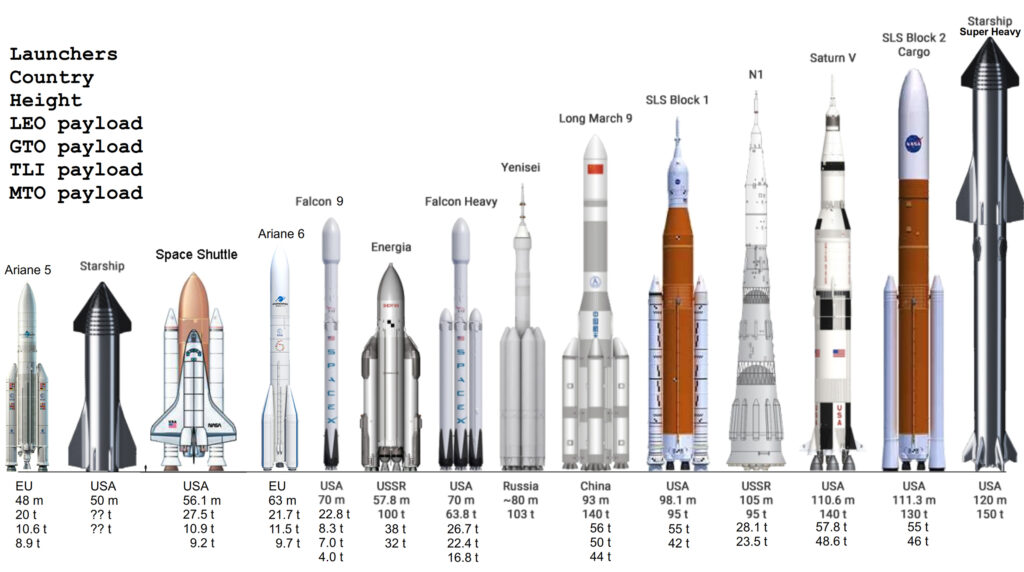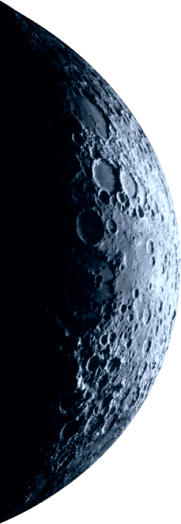
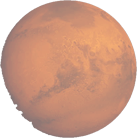
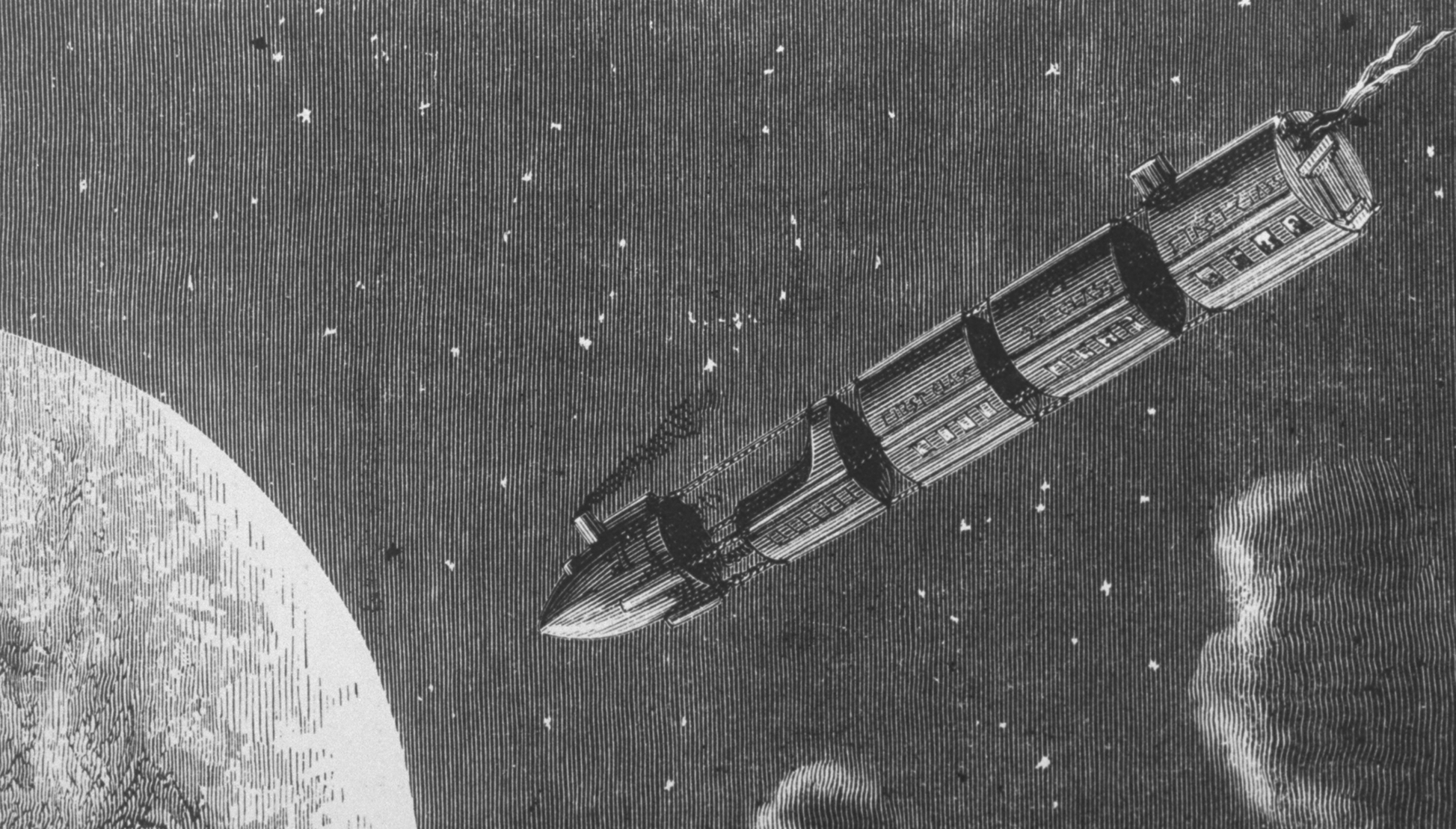
02.8.2022
rockets
Rockets in space
When humanity invented aviation based on aerodynamics, creating lift by using different air pressure at the bottom and top of its wings, a new era began greatly reducing the time and effort of traveling by air. Typical air flights reach altitudes of 10 km above sea level. Higher altitudes, where air above 80 km becomes too thin to fly traditional winged aircraft that depend on lift and air combustion engines to thrust itself forward, proved to be a challenge. Thus, as a resolution, a new type of machine was needed, and rockets were born.
In 1903, the same year that the Wright brothers made their first successful airplane flight, Konstantin Tsiolkovsky, a Russian self-taught scientist and public school teacher, published pioneering work proposing exploration of space wth rockets that use a mixture of liquid oxygen and hydrogen. Together with American Physicist Robert Goddart and German scientist Hermann Oberthand, they have become known as fathers of American, German, and Russian rocketry. Their pioneering work has inspired countless others to pursue education in STEM fields, as well as in space travel and in building rockets. Their work was so breakthrough and inspirational that decades later in the 1960’s, their effort led to the emergence of two of the biggest space programs developed by the US and USSR with Werner von Braun and Sergei Korolev at the helm.
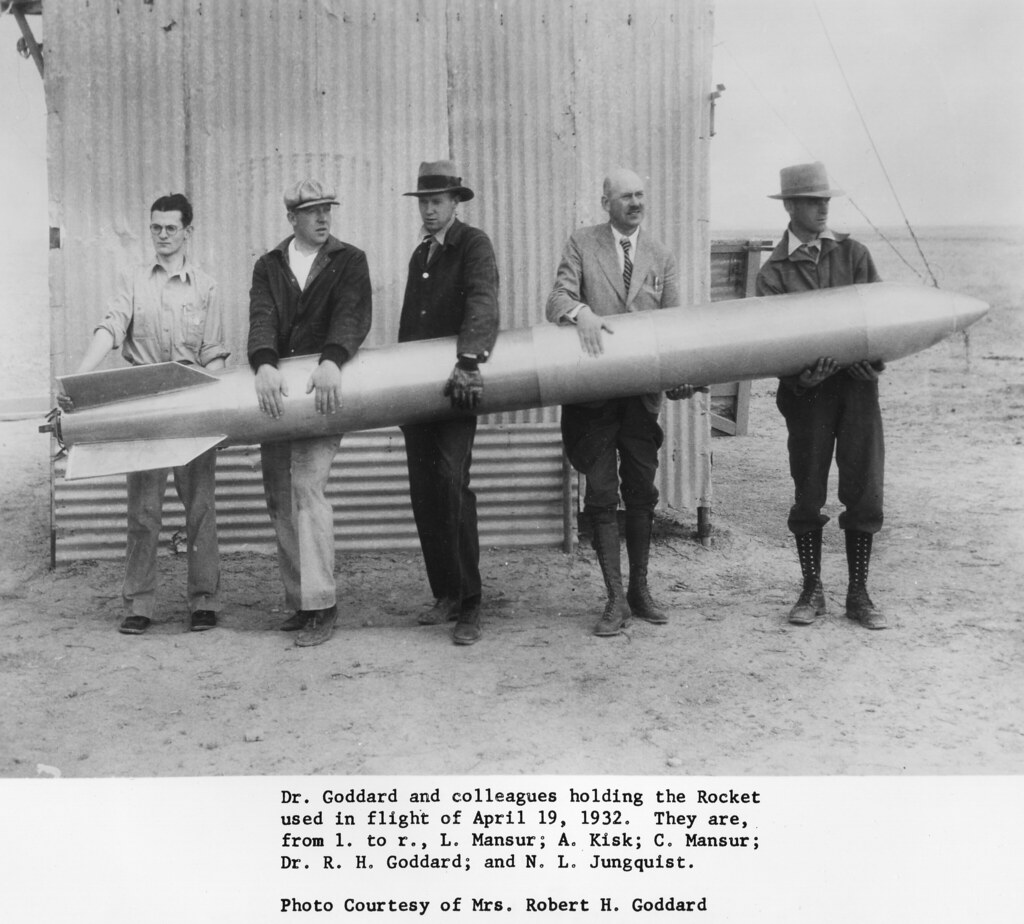
The ingredients needed for a rocket to fly:
-
Engine. Rocket engines need to produce enough thrust to be able to work in a vacuum, as air above 80 km does not have enough air or pressure. Rockets need to travel faster than their own exhaust in order to travel in space.
-
Fuel. There must be enough fuel and oxidizer to be able to escape the gravitational forces of the Earth. There is a reason why rockets are really big: they need that much fuel and oxidizing agents to escape Earth’s gravity and cut through the thick atmosphere and drag.
-
Shape. Simple cylindrical shape fits the bill perfectly, as it has a large area versus its perimeter, thereby affording plenty of storage as well as being strong enough to support all the internal materials.
-
Trajectory. If a rocket flew straight up, it woud soon run out of fuel and come crashing down to Earth. Rockets must tilt so that the Earth’s gravity helps them conserve fuel while they reach orbit, a maneuver known as gravity turn or zero-lift turn.
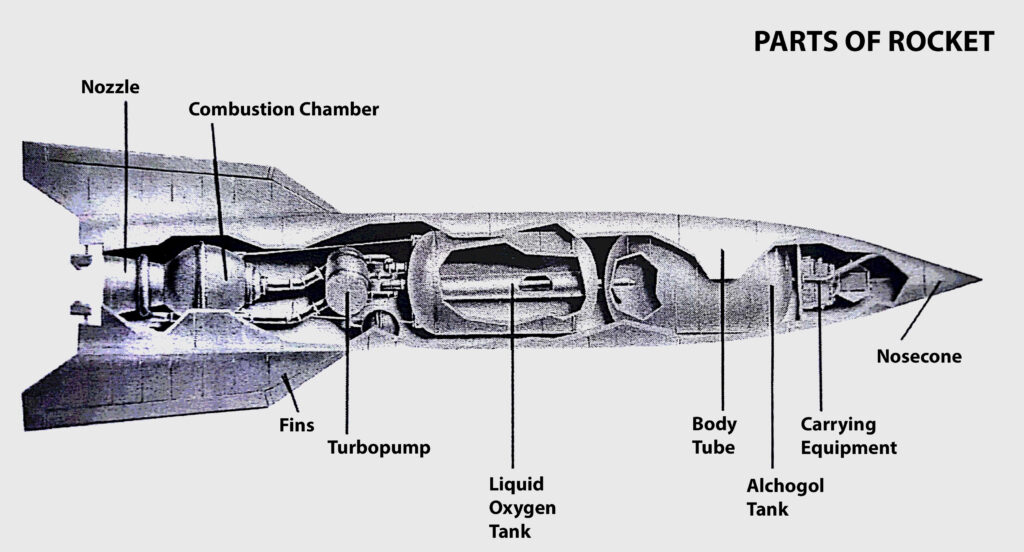
Rockets are typically auto piloted and are preprogrammed for their trajectory.
Today’s rockets include many sensors, on board computers, radars, and communication devices. Perhaps one of the most complicated aspects of flying rockets are the guidance systems. Today, most rockets use what’s called Gimbaled Thrust, where the actual rocket Nozzel and Exhaust chamber is moved side to side in order to steer the rocket while in flight.
Most rockets are classified for the end-user on its payload capability.
According to NASA, these are the classifications used:
-
Small-lift launch vehicle: < 2,000 kilograms (4,400 lb)
-
Medium-lift launch vehicle: 2,000 to 20,000 kilograms (4,400 to 44,100 lb)
-
Heavy-lift launch vehicle: 20,000 to 50,000 kilograms (44,000 to 110,000 lb)
-
Super-heavy lift vehicle: > 50,000 kilograms (110,000 lb)
What is the future of rocketry?
Believe it or not, there are companies that 3-D print rockets today. Pioneer of additive manufacturing in the space sector, company Relativity Space, is working on printing full size space rockets which will cut down time and costs of rocket building while perhaps one day even printing rockets on the Moon, taking exploration missions even further than imagined.
Not sure which rocket type or size is best for sending your payload to space? Reach out and we’ll help guide you through the process.
Sergei Panov
Founder “Space Agency”

